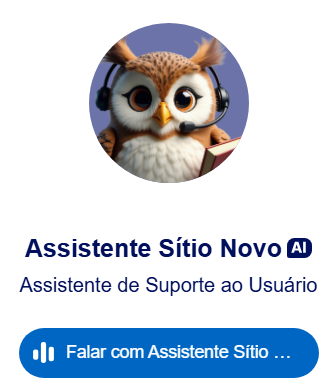Analog games and materials as teaching tools in Metrology: the case of the technical domino and tampateca
DOI:
https://doi.org/10.47236/2594-7036.2025.v9.1787Keywords:
Accessibility, Deafness, Educational materials, Metrology, Vocational educationAbstract
This study aimed to analyze the contribution of accessible analog games and materials to the learning of Metrology contents by deaf students within the scope of Professional and Technological Education (PTE). The qualitative research was conducted at the Federal Institute of São Paulo, São José dos Campos Campus, with seven deaf students from different classes of the Technical Mechanics course. Three materials were developed: Metrology Technical Domino, Tampateca, and Enlarged Pedagogical Caliper.The methodology adopted was a case study, with the observation of students’ interaction with the resources. The findings indicated advances in understanding concepts such as unit conversion, scale reading, and the use of measuring instruments. Increased active participation, peer collaboration, and student engagement were observed. The mediation of the Libras (Brazilian Sign Language) interpreter, and the use of visual and tactile materials, were decisive for learning. The study dialogues with the theory of instrumental genesis (Rabardel, 1995), the bilingual perspective of deaf education (Quadros & Perlin, 2007), and the contributions on playfulness in education (Kishimoto, 2007; Brougère, 1998), which informed the design and analysis of the materials. It is concluded that the use of accessible resources promotes equity in PTE and expands learning opportunities for deaf students. This work constitutes a segment of the author’s master’s dissertation, which more broadly investigates the development and appropriation of accessible pedagogical tools by Libras interpreters in collaboration with PTE instructors.Downloads
Metrics
References
BRASIL. Lei nº 10.436, de 24 de abril de 2002. Dispõe sobre a Língua Brasileira de Sinais – Libras. Diário Oficial da União: seção 1, Brasília, DF, 25 abr. 2002.
BRASIL. Decreto nº 5.626, de 22 de dezembro de 2005. Regulamenta a Lei nº 10.436, de 24 de abril de 2002, que dispõe sobre a Língua Brasileira de Sinais – Libras. Diário Oficial da União: seção 1, Brasília, DF, 23 dez. 2005.
BROUGÈRE, G. Jogo e educação. Porto Alegre: Artes Médicas, 1998.
KISHIMOTO, T. M. Jogo, brinquedo, brincadeira e a educação. 12. ed. São Paulo: Cortez, 2007.
MOREIRA, Laisa Conde Rocha. Jogos e materiais analógicos acessíveis na aprendizagem de Metrologia: um estudo de caso com estudantes surdos no Ensino Técnico. 2025. Dissertação (Mestrado em Educação) – Universidade de Taubaté, Taubaté, SP, 2025.
PEREIRA, M. C.; ALVES, L. R.; COSTA, R. A. A inclusão educacional de estudantes surdos no ensino técnico: práticas e desafios. Revista Brasileira de Educação Especial, São Paulo, v. 28, n. 2, p. 455-472, 2022.
QUADROS, R. M.; PERLIN, G. T. (orgs.). Língua de sinais brasileira: estudos linguísticos. Porto Alegre: Artmed, 2007.
RABARDEL, P. Les hommes et les technologies: approche cognitive des instruments contemporains. Paris: Armand Colin, 1995.
VYGOTSKY, L. S. A formação social da mente: o desenvolvimento dos processos psicológicos superiores. 7. ed. São Paulo: Martins Fontes, 2007.
Downloads
Published
How to Cite
Issue
Section
License
Copyright (c) 2025 Laísa Conde Rocha Moreira, Adriana Cintra de Carvalho Pinto, José Silvério Edmundo Germano

This work is licensed under a Creative Commons Attribution 4.0 International License.
It allows sharing, adaptation, and use for any purpose, including commercial use, provided proper attribution is given to the authors and to Revista Sítio Novo.
The authors declare that the work is original and has not been previously published, in whole or in part, except on recognized preprint servers, if declared, and that no other similar manuscript authored by them is published or under review by another journal, whether printed or electronic.
They declare that they have not violated or infringed upon any proprietary rights of others, and that all citations in the text are factual or based on research with scientifically significant accuracy.
The authors retain the copyright of the manuscripts published in this journal, allowing unrestricted use of their content, provided that the original authorship and the publication source are properly cited.
















